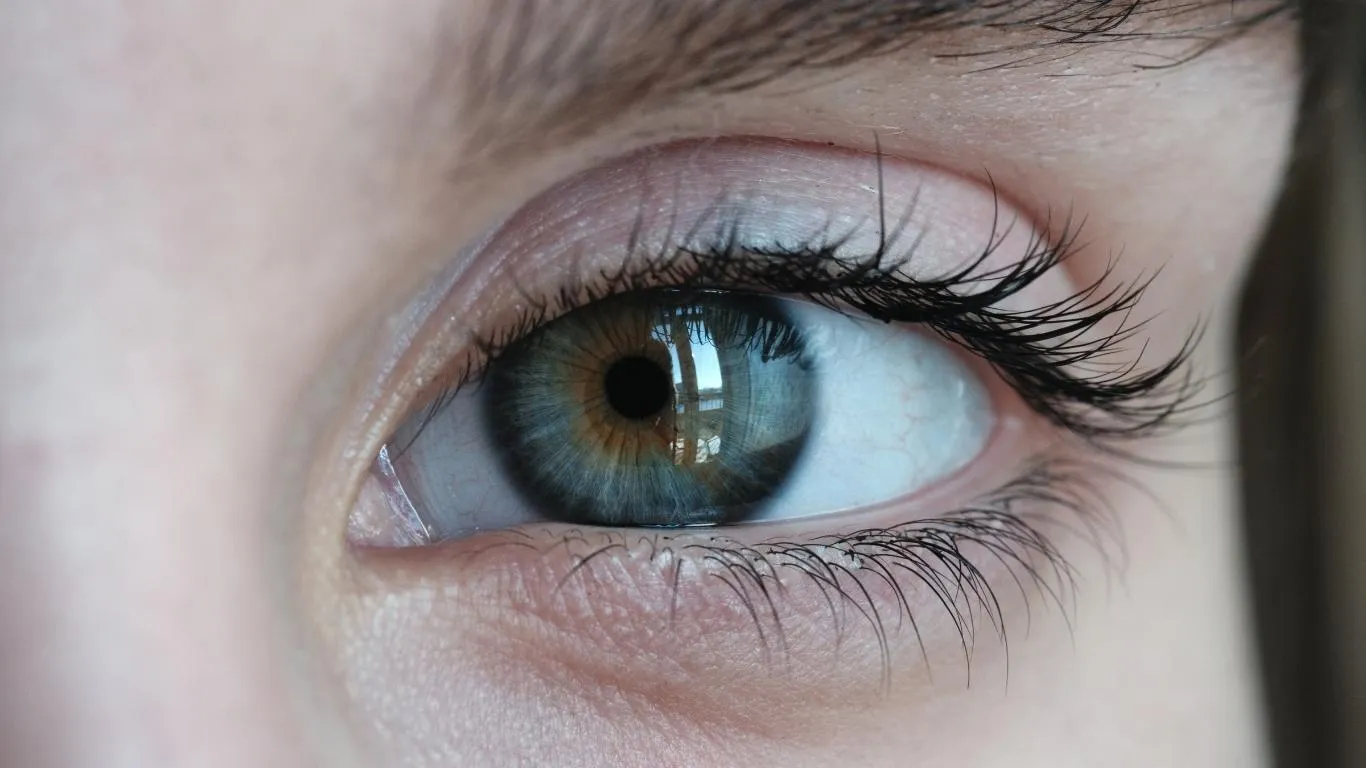Unusual Patterns Of Floaters After Screen Time Could Be A Warning
If you’ve ever caught yourself staring at your screen too long and suddenly noticed weird squiggly lines drifting across your vision, you’re not alone. I remember editing a project on my laptop for five hours straight — no breaks, no blinking — and suddenly these floaty specs started dancing in my peripheral vision. Not the usual harmless kind either. These were odd, almost patterned, like tiny chains or cobwebs swirling with each eye movement. Creepy? Very. Common? More than you’d think. What I didn’t realize then was that screen time might have had more to do with those unusual floaters than I expected.
What Are Eye Floaters — And Why Do They Act Weird Sometimes?
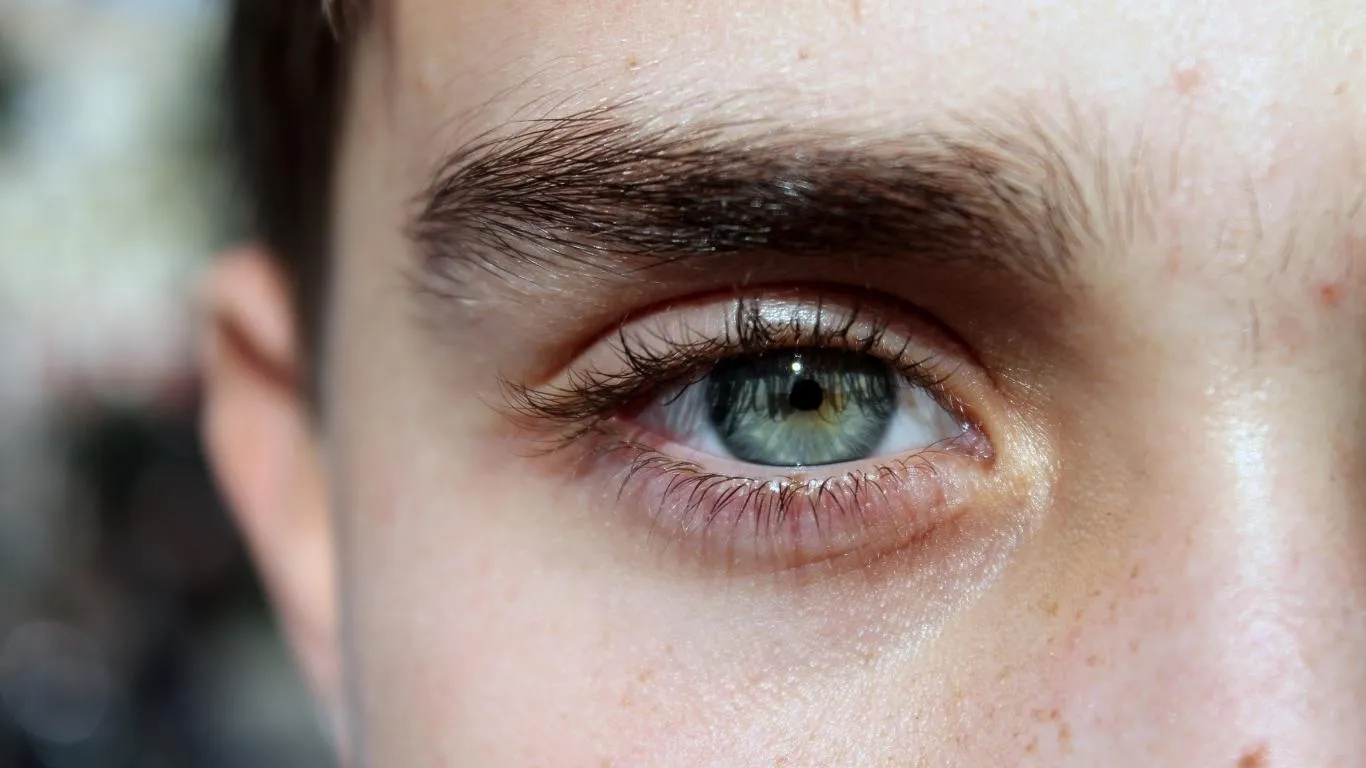
Most of us have experienced floaters — those translucent shapes or specks that drift across our field of vision, especially when looking at a bright background like a white wall or clear sky. They’re typically harmless, caused by clumps of collagen inside the vitreous — the gel-like substance in the back of your eye. But what happens when these floaters don’t behave like the “usual” harmless spots?
That’s when we start noticing unusual patterns of floaters — not just random dots, but organized shapes, motion-triggered swirls, or floaters that appear only during or after extended screen time. From personal experience and digging into research, these patterns often signal more than just eye strain.
How Excessive Screen Time Can Trigger Unusual Floaters
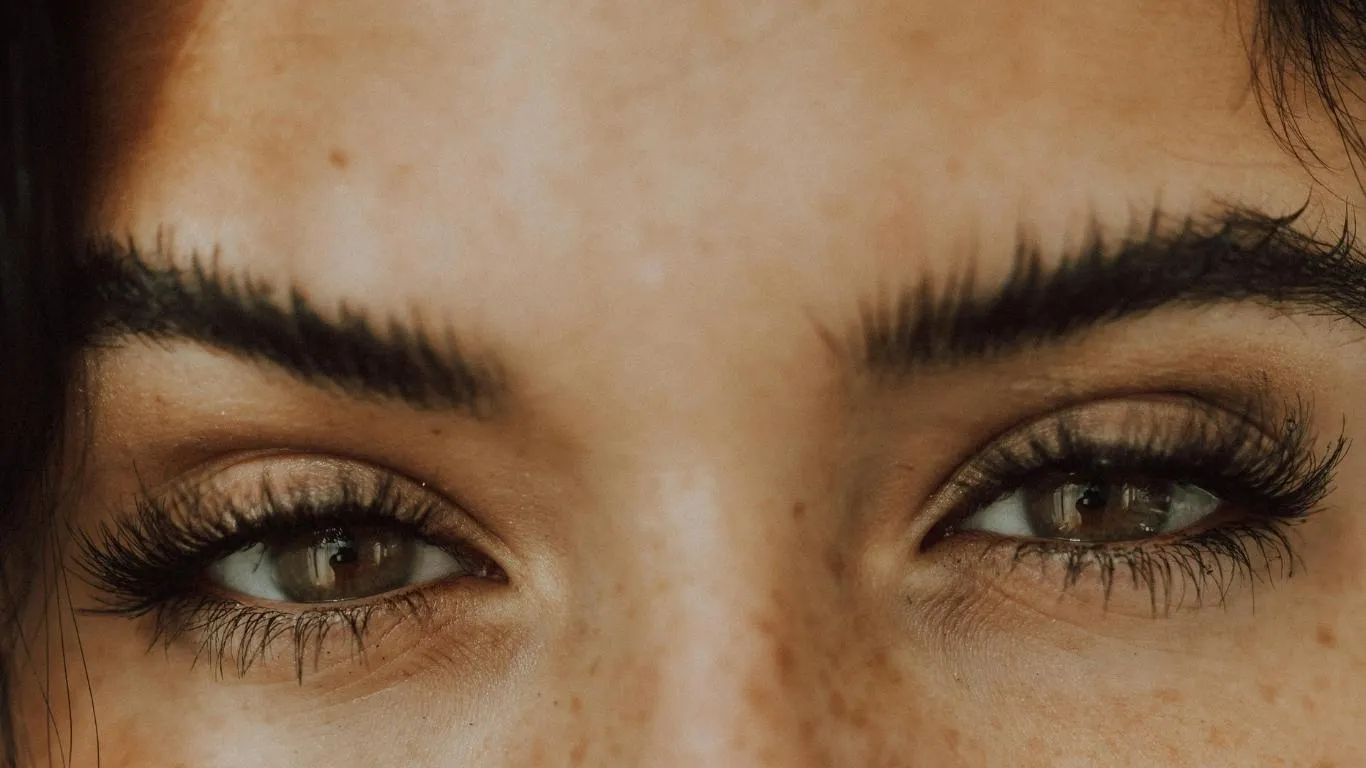
Let’s get real — we live in a screen-dominated world. Whether it’s your phone, tablet, monitor, or TV, the average adult spends upwards of 7+ hours a day on screens. What I didn’t realize until it started messing with my vision is that prolonged screen exposure can actually affect the health of the vitreous.
1. Dehydration of the Eye
Spending hours staring at screens reduces blink rate significantly. That lack of blinking dries out the tear film, affecting ocular surface health and increasing friction inside the eye. Over time, this might contribute to collagen breakdown or clumping inside the vitreous, giving rise to more distinct and oddly shaped floaters.
2. Disruption of Vitreous Stability
With consistent near-focus, the eye muscles remain locked in tension. This rigidity could subtly alter intraocular pressure and circulation, possibly triggering mild shifts in the vitreous structure. These shifts can explain why some people notice patterned floaters after working on spreadsheets or binge-watching a series.
3. Screen-Triggered Migraine Auras or PVD?
In some cases, floaters resembling zigzag lines or shimmering patterns could be mistaken for visual migraine aura. Worse still, if floaters suddenly intensify in one eye, there’s a chance it could be a sign of posterior vitreous detachment (PVD).
Floaters after extended screen time might also coincide with visual distortions, which could raise concerns of underlying issues like early vitreous degeneration — something often accelerated by bad habits like poor sleep, smoking, or high stress (yep, all screen-associated).
Identifying “Unusual” Floaters: When to Pay Attention
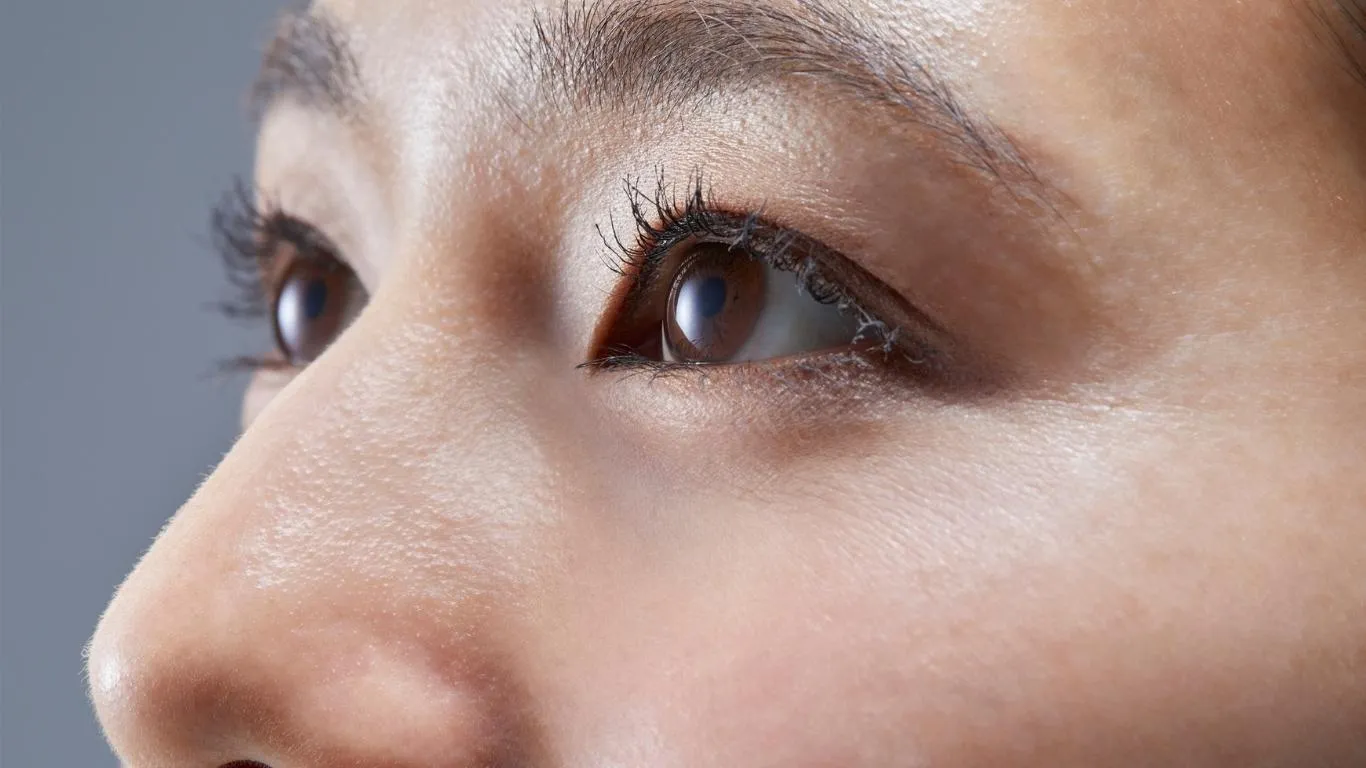
Not all floaters are created equal. Here’s how to spot the more alarming, screen-time-linked ones:
- Floaters with patterned motion — They loop or swirl with unusual symmetry.
- Floaters with increased density — Thicker, darker spots that linger longer in view.
- Floaters only visible during screen use — Especially in bright or white UI environments.
- Sudden burst after screen binge — Like a rapid appearance after long sessions.
These aren’t just random specks — they might be early signs of something deeper. In some cases, screen-linked floaters are tied to ocular dehydration or even early collagen changes within the eye. I found that increasing my hydration and setting digital breaks every 25 minutes actually reduced the severity of what I was seeing.
Medical Conditions That Might Be Misdiagnosed as “Screen Fatigue”
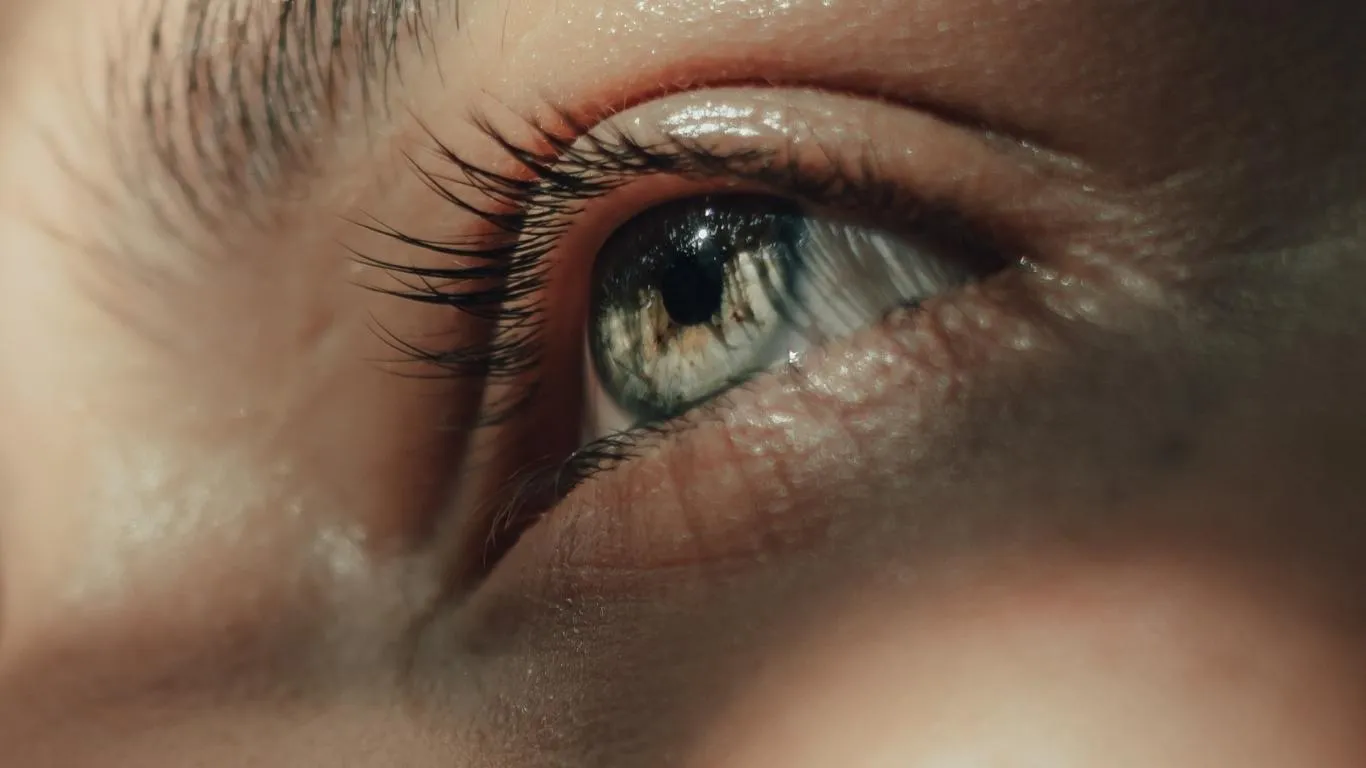
This one hit close. I chalked my floaters up to screen fatigue for weeks — until an ophthalmologist flagged early signs of vitreous detachment. Here are some floaters-related conditions that are often ignored because they mimic digital eye strain:
- Posterior Vitreous Detachment (PVD) – Common after age 40 but can be earlier with heavy screen exposure and myopia.
- Early Retinal Tear – Unusual floaters and flashing lights are a warning flag. If left alone, it can escalate fast.
- Stress-Related Vitreous Contraction – Heightened by blue light and lack of sleep.
- Diabetic Retinopathy or Uveitis – Floaters with swelling, pain, or vision fog need immediate attention. Diabetes-related floaters may worsen under screen stress.
How I Cut Down Unusual Floaters While Still Living Digitally
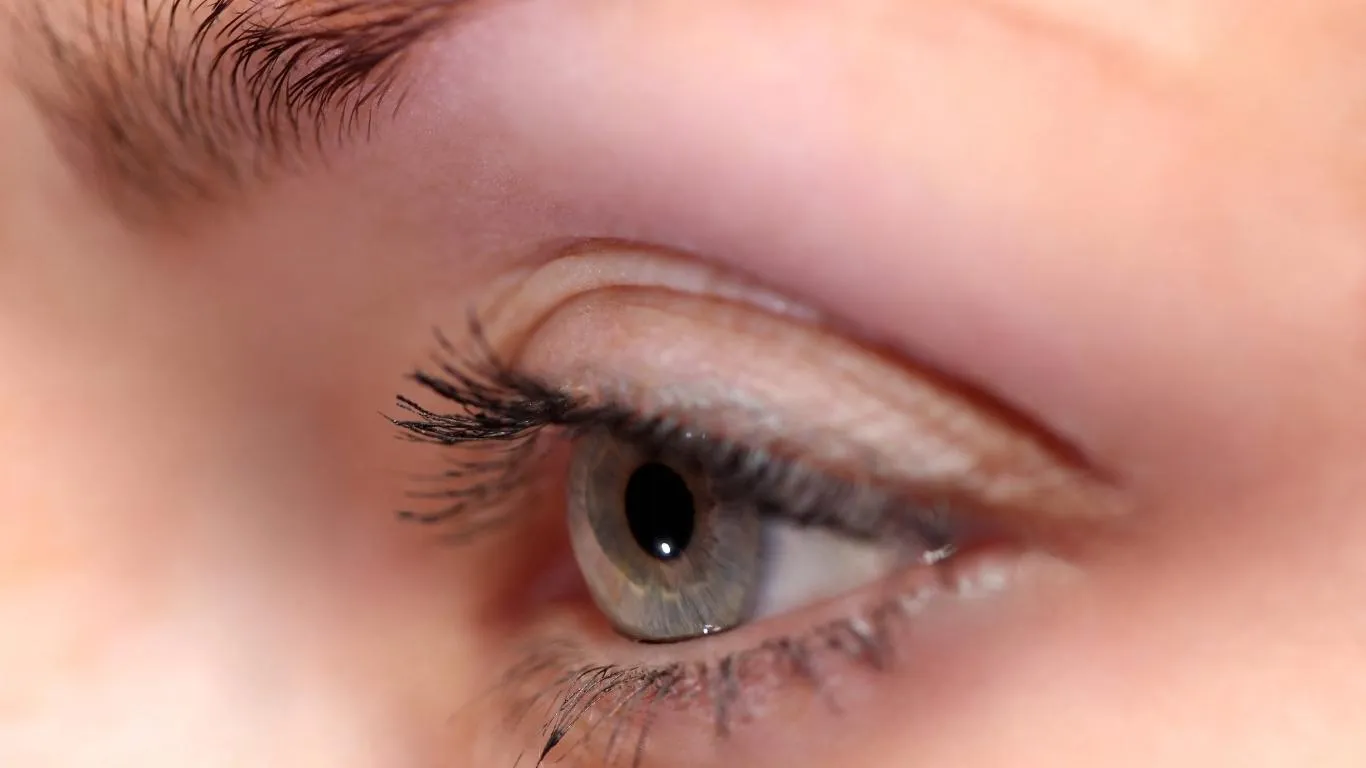
After my floater episode, I started experimenting with some changes. These simple lifestyle tweaks actually helped me see a noticeable difference — literally.
- Blue light filtering glasses — Reduced intensity and glare from screens.
- Hydration tracker — Kept my eyes (and body) nourished to stabilize vitreous health.
- Eye exercises & focus shifting — Every 20 minutes, I’d look at something 20 feet away for 20 seconds.
- Better diet — I added more lutein, omega-3s, and collagen-friendly foods (yes, your eyes love kale and fatty fish).
If you’re seeing floaters after screen time that don’t fade or change shape — it might be time to take a closer look. Floaters aren’t always innocent, especially when they’re showing up in specific, repeated patterns tied to your screen habits. I found some great insights from this detailed breakdown on floaters vs. other vision problems.
For a more complete understanding of the root causes and how to manage them long-term, I highly recommend checking out this main article on eye floaters and the primary causes of floaters so you know what you’re truly dealing with.
When Floaters Get Persistent — Time to Take Them Seriously?

Here’s the thing — not every floater is cause for alarm, but when you start seeing the same patterned shapes over and over, especially after screen use, it’s time to listen to your body (and eyes). I tried brushing it off for weeks, but when one floater started lingering in the same spot like a ghostly shadow, I knew I had to stop guessing and start asking questions.
Turns out, there’s a real difference between occasional floaters and ones that linger, multiply, or shift dramatically. And screen-related ones? They can act as a trigger or magnifier for underlying issues — not the root cause itself, but a very real aggravator.
Digital Eye Fatigue vs. Structural Eye Issues
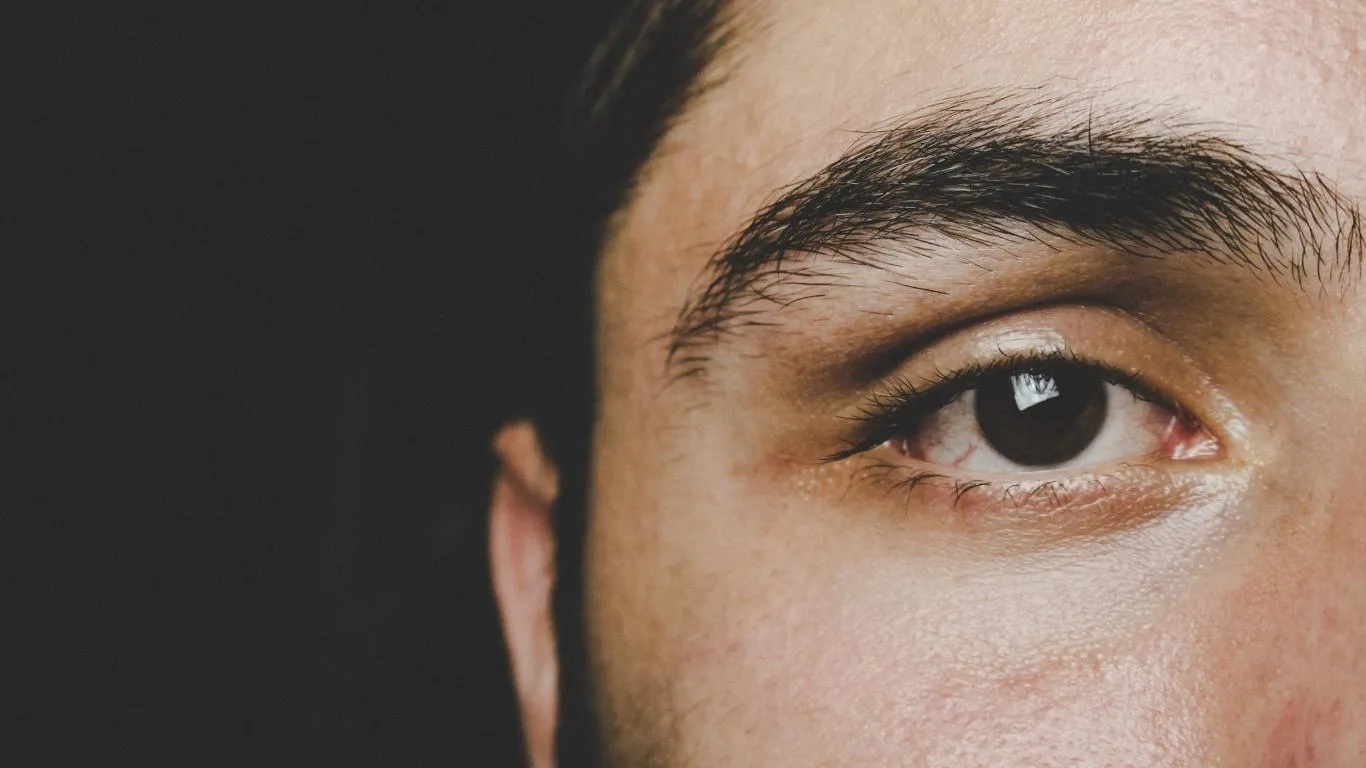
It’s easy to assume everything is digital fatigue, especially if you’re on Zoom calls back-to-back or gaming late into the night. But there’s a clear line between screen-related dryness and a floater pattern that may indicate structural eye changes.
What’s Likely Digital Fatigue?
- Eyes feel tired, sore, or itchy after long screen use
- Floaters fade or shift away after resting or blinking more
- No pain or sudden flashes of light
What Might Be Something More?
- Floaters that don’t go away, even after screen breaks
- Sudden appearance of dense, black floaters
- Floaters accompanied by flashes, visual “curtains,” or pain
When in doubt, get checked. I was lucky mine were benign — but I’ve since met others who ignored the signs until they needed laser surgery. And no, that’s not a fun experience.
Are Younger People More at Risk Now?

It’s not just an over-40 problem anymore. What’s scary is how many people in their 20s are now reporting floaters. With virtual work and digital classrooms, the amount of daily screen exposure is skyrocketing — and younger eyes are paying the price.
I’ve spoken with college students who thought they were seeing bugs out of the corner of their eyes, only to realize those dark spots were early floaters. Many of these cases tie back to sleep deprivation, dehydration, and poor digital habits. We’re talking 8+ hours on screens, minimal sunlight, and lots of processed food. Not a great combo.
Can Floaters Be Reversed or Reduced?

That’s the million-dollar question. While complete elimination isn’t always possible without surgery, many people — including me — have seen real improvements by making lifestyle shifts. Here’s what helped in my case and what experts suggest:
1. Antioxidant-Rich Diet
Think spinach, blueberries, carrots, and omega-3s. I swapped chips for nuts and loaded up on leafy greens. Your diet directly affects your vitreous clarity.
2. Hydration and Eye-Friendly Fluids
Plain water is underrated. I also sipped bone broth and collagen-infused teas. You’d be surprised how much fluid affects your floater frequency.
3. Supplementation
Lutein, zeaxanthin, hyaluronic acid, and magnesium made a difference. But check with your eye doctor first.
4. Eye Movement Routines
I did slow circular eye movements and practiced palming exercises. At first, it felt weird — now it’s part of my workday reset routine.
5. Screen Hygiene (Yep, That’s a Thing)
- 20-20-20 rule: Every 20 minutes, look at something 20 feet away for 20 seconds
- Dark mode, larger fonts, and low-brightness settings after 8 PM
- Blue light filter glasses that actually work (no gimmicks)
When Is It Time to See a Specialist?
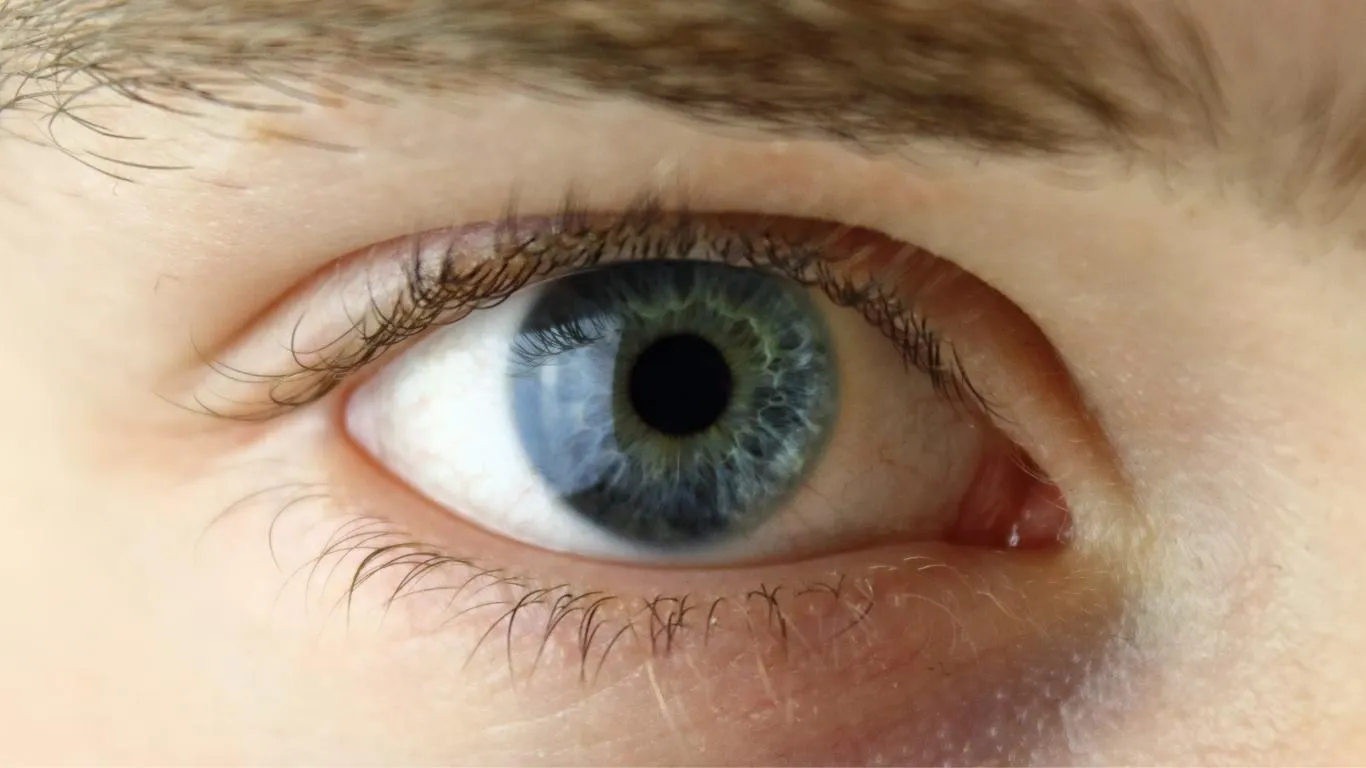
If you’re still seeing those same weird patterns days or weeks after screen exposure, don’t delay. I know the “wait and see” game feels easier, especially if the floaters aren’t painful. But your eyes are sending you messages — and it’s smart to listen.
Ophthalmologists can do non-invasive imaging to check for PVD, retinal holes, or early signs of macular degeneration. And trust me — catching it early saves you from bigger headaches later (and maybe a scary laser session).
Emerging Research: What the Experts Are Saying
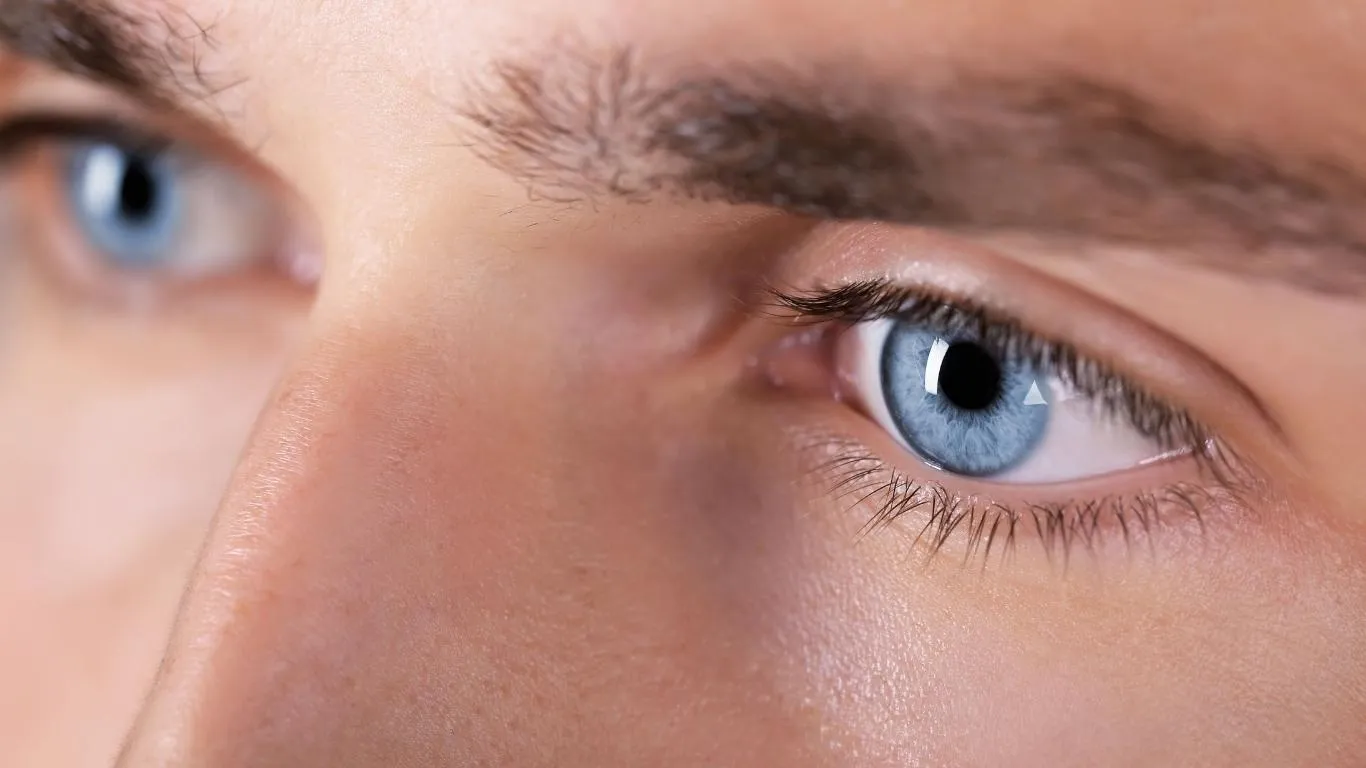
There’s growing research showing a correlation between excessive screen time and increased visual disturbances. According to the American Academy of Ophthalmology (https://www.aao.org), digital eye strain may exacerbate the symptoms of floaters by altering the eye’s hydration and muscle balance.
Some researchers are exploring how screen-based lifestyles might accelerate vitreous syneresis (the process that leads to floater formation), especially in people predisposed by genetics, autoimmune conditions, or underlying myopia. Articles like this one on vitreous syneresis go deeper into those mechanisms.
Don’t Wait for the “Big Flash” to Act
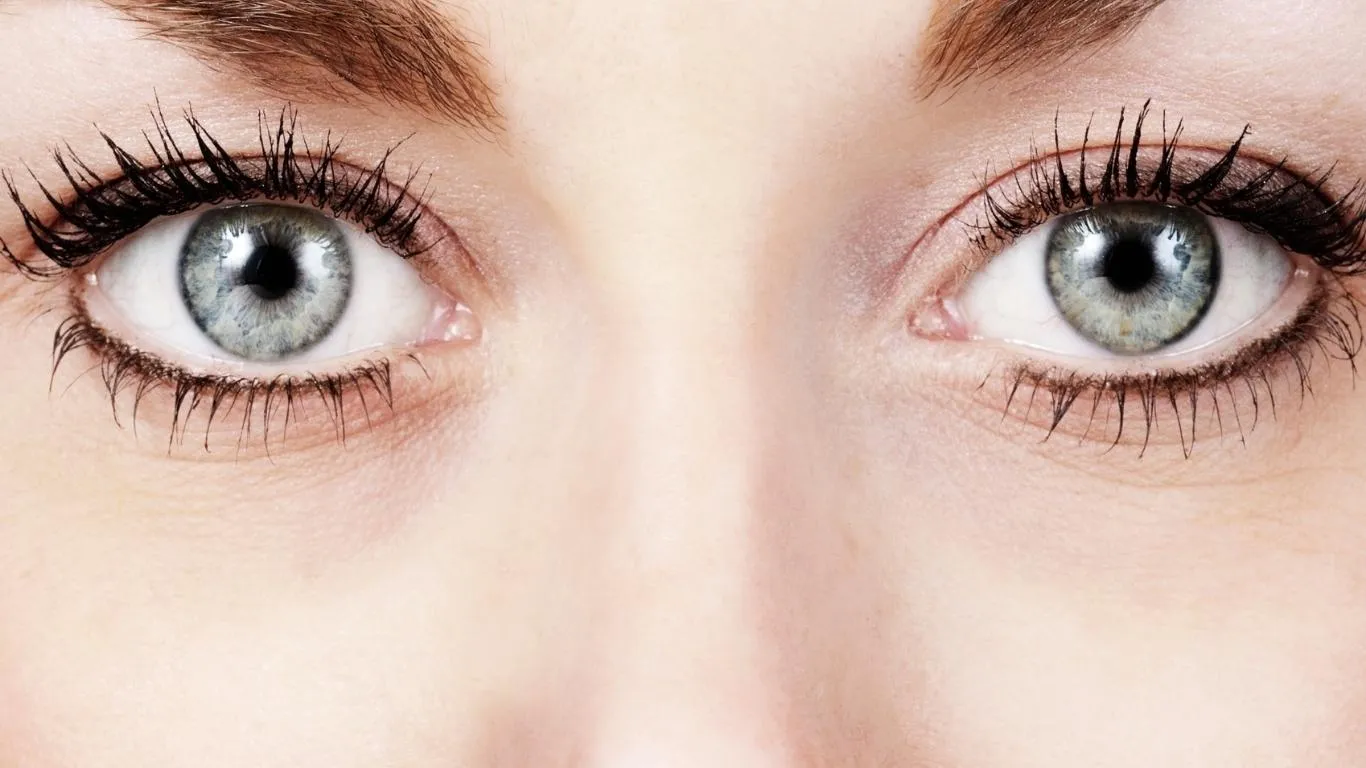
Sometimes people ignore floaters until they see a sudden flash of light — which can indicate retinal detachment. Don’t wait for that moment. I didn’t have that experience (thankfully), but I’ve read stories of people who noticed the flash only after it was too late to prevent permanent damage.
So if something feels off — especially if it’s just one eye, or you’re noticing headaches without migraine combined with visual disturbances — get it checked. It’s not just screen time. Sometimes, it’s something deeper that’s simply showing up when your guard is down.
For even more clarity (pun intended), I’d suggest going through the eye floaters vs. other vision issues article — it’s helped me distinguish between what’s normal and what’s not. And if you’re new to this topic entirely, the main breakdown at this pillar guide lays everything out clearly for all ages.

Camellia Wulansari is a dedicated Medical Assistant at a local clinic and a passionate health writer at Healthusias.com. With years of hands-on experience in patient care and a deep interest in preventive medicine, she bridges the gap between clinical knowledge and accessible health information. Camellia specializes in writing about digestive health, chronic conditions like GERD and hypertension, respiratory issues, and autoimmune diseases, aiming to empower readers with practical, easy-to-understand insights. When she’s not assisting patients or writing, you’ll find her enjoying quiet mornings with coffee and a medical journal in hand—or jamming to her favorite metal band, Lamb of God.
